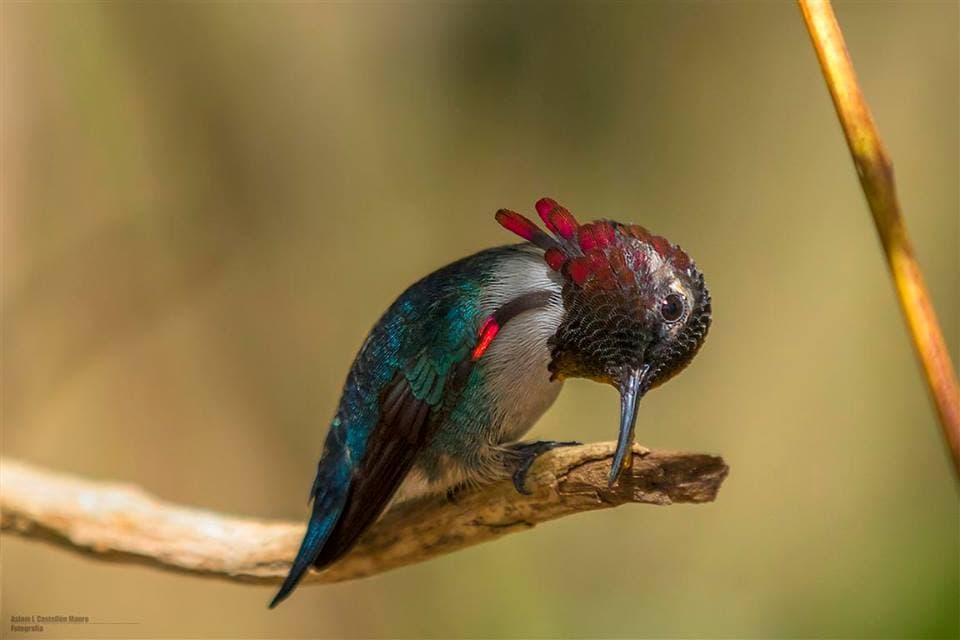Zapata Swamp (Parque Nacional Cienaga de Zapata) (BT)
The Zapata Swamp is located on the south shore of Cuba, near Playa Larga on the Bay of Pigs. The swamp/park is the best place to find endemic birds in Cuba. Two hundred and three species have been recorded there.
The World’s Smallest Bird
Here is the place to find the top bird in Cuba—the diminutive Bee Hummingbird. I knew it was tiny, but when I first saw one, I thought it was an insect. It’s truly amazing.
A big thank you to Aslam Ibrahim Castellon Maure
for the photo of the Bee Hummingbird.
I have photos of this bird, but his are much better.
Muchas Gracias Aslam.
For a bird guide who knows where to find the Bee Hummingbird click here
Birds of Zapata
The Gundlach’s Hawk is endemic to Cuba. It can be found all over Cuba but is rare. Zapata is the most likely place to spot one. The Zapata Rail lives in the Zapata Peninsula and nowhere else. Spotted Rails also reside here. Like the Zapata Rail, the Zapata Wren and the Zapata Sparrow are found only in the Zapata Peninsula and nowhere else. Several species of doves can be found in Zapata, including the Gray-fronted Quail-dove, Scaly-naped Pigeon, Plain Pigeon and the Zenaida Dove. The Cuban Parrot (aka Amazon) and the Cuban Parakeet are rare and found only in a few places in Cuba. Zapata is the most likely place to see them.
The Zapata Peninsula is relatively large, so there are many locations to look for specific birds. Below are some locations to find certain species.
The forest around Playa Larga
To explore the Zapata Peninsula, you should base yourself in Playa Larga. Many species, including the Bee Hummingbird and several owl species, can be found in the nearby forest. I saw the Cuban Pygmy-owl and the Cuban Screech Owl (aka Bare-legged Owl) at Zapata, although they can also be found throughout the island. I did not see one, but the Stygian Owl is also at Zapata. You will need a guide with a vehicle. White-eyed Vireo, Cuban Flicker, Fernandina’s Flicker, and White-crowned Pigeon are also present. The Cuban Green Woodpecker is the most beautiful woodpecker I have ever seen. It is common at Zapata as well as throughout Cuba. The Red-legged Thrush is also present.
A few others include Western Spindalis, Great Lizard Cuckoo, Smooth-billed Ani, Cuban Trogon, Cuban Tody, Cuban Pewee, Loggerhead Kingbird, Cuban Vireo, Cuban Bullfinch and too many others to list.
Bermejas Forest Reserva
Ask at the park visitor’s centre outside Playa Larga about access and tours to here and La Turba. You must get further into the swamp, away from Playa Larga and the highway, to find the less common species. At Bermejas Forest Reserve you might see the Blue-headed Quail-dove, Key West Quail-dove, Cuban Parakeet, Cuban Tody, Cuban Pygmy-Owl, Bee Hummingbird and Fernandina’s Flicker.
La Turba
Look here for the Red-shouldered Blackbird and the rare Zapata Wren and Zapata Sparrow.
Other Info
There are a lot of birds but even more mosquitoes. Bring repellent and be prepared to get eaten.
Seeing the Bee Humminbird is worth the trip. Travelling to Cuba is like travelling back in time to the 1950s. Be sure to spend at least a few days in Havana, soaking up the culture and the traffic jams of old cars.
Accommodation is available in the town of Playa Larga. Ask around for someone who has a room to rent. Guides are available on the Guides page.
(M) Write a review
You must be logged in to submit a review. Go to Members page to Log-in or Register
Cayo Coco
After the Zapata Peninsula, Cayo Coco is Cuba’s next best birding area. And it is not a mosquito-infested swamp. It is a lovely tropical island just off the north coast of central Cuba. Although it is an island, it is connected to the mainland with a bridge, so there is no need for boats or ferries.
At Cayo Paredon Grande on Cayo Coco, you might find a Bahama Mockingbird, Thick-billed Vireo, Cuban Gnatcatcher, Oriente Warbler, or Cuban Pewee.
At Cayo Guillermo, which is at the western tip of the island, there are Flamingos and sometimes Black-bellied Plovers. However, the plovers will not be in breeding plumage.
(M) Write a review
You must be logged in to submit a review. Go to Members page to Log-in or Register
Sierra de Najasa Protected Area
Third on the list of best Birding Hotspots in Cuba is the Sierra de Najasa Protected Area. It is located near the town of Camaguey, inland from Cayo Coco. There are two distinct habits in this protected area: one around the park’s edge and the other in the forest.
Edge of Park
Around the edge of the park forest, look for Palm Crow, Giant Kingbird, Cuban Parakeet, Cuban Parrot, Plain Pigeon and Cuban Grassquit.
In the Forest
In the protected area itself, look for Gundlach’s Hawk. This bird is classified as endangered and is endemic to Cuba. Other birds to look for include Cuban Tody, Tawny-shouldered Blackbird, Giant Kingbird and Cuban Blackbird as well as many species of North American warblers that spend the winter here.
(M) Write a review
You must be logged in to submit a review. Go to Members page to Log-in or Register
